First English translation of Mörike’s strikingly modern artist-novel of 1832.
When one thinks of German artist-novels and
Bildungsromane, works long available in translation come to mind–by Goethe, Novalis, Hoffmann, Stifter, Keller, or more recently by Mann, Kafka, Musil, or Grass. Yet Eduard Mörike’s provocatively subtitled
Maler Nolten: Novelle in zwei Teilen (Nolten the Painter: A Novella in Two Parts, 1832) has remained neglected and misunderstood, and until now has never been translated into English, despite itsobvious ties to other artist-novels and its striking modernity in playing with conventions of narrative authority and heroic identity. Witness the subtle irony of the opening sequence, in which the narrator is subverted by hintsat his own clumsiness and intimations about the dire truths that lurk behind the protagonist Nolten’s relationships to his male friends and to the seductive yet somehow frightening women in his life. Or the interplay between the narrator’s attempts to make sense of Nolten’s complex inner motivations in his loves and art and the ludicrously pompous pathos with which Nolten persists in speaking and thinking, as he concocts a heroic persona caught up in passion, intrigue, and tragedy. Fascinating too is the mysterious trail of the ‘Grenzgänger, ‘ or border-line characters, with their hints at the dimension of ‘Gypsies, Tramps, and Thieves’ that seems to threaten and at the same time tofoster the complex unfolding of the realities of life and art that defy Nolten’s all-too-artful ‘mastery.’
Raleigh Whitinger is Professor in the Department of Germanic Languages at the University of Alberta.
Inhoudsopgave
Introduction
Notes on the Translation
Part One
Part Two
Notes
Over de auteur
RALEIGH WHITINGER is emeritus professor of German at the University of Alberta. He has published widely on Theodor Storm, Lou Andreas-Salomé, Goethe, Kleist, and German naturalism. From 2002 to 2011, he edited Seminar: A Journal of Germanic Studies. His translation of Andreas-Salome’s novella collection, Menschenkinder, was published as The Human Family in 2005 (University of Nebraska).
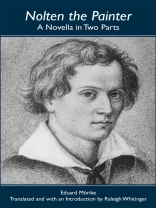

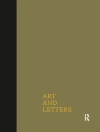



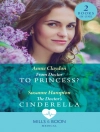
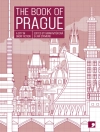
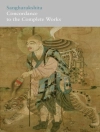


![Hoes van Bernadette Andrea: Grace Norton [Gethin] and Frances (Freke) Norton Hoes van Bernadette Andrea: Grace Norton [Gethin] and Frances (Freke) Norton](https://static.worldofdigitals.com/thumb_webp/264/9781351932264.webp)
